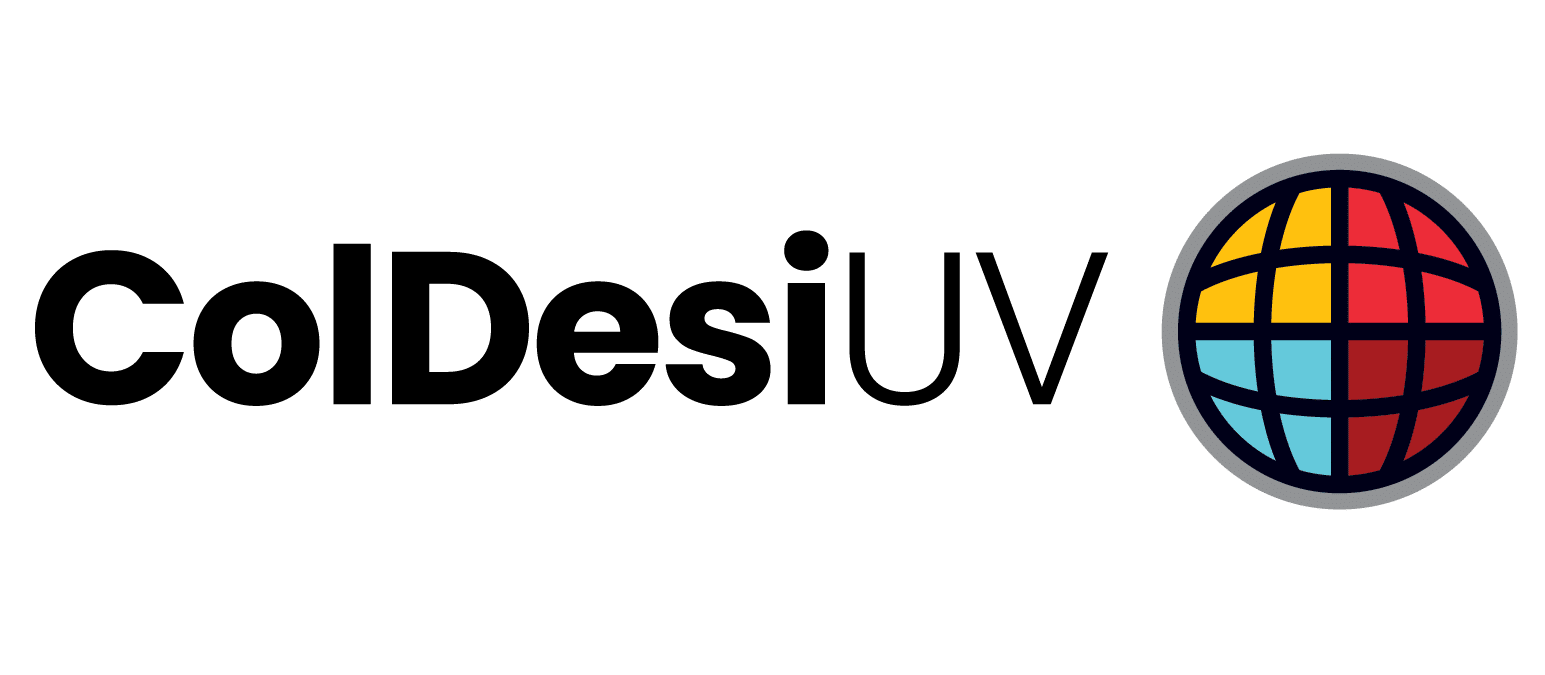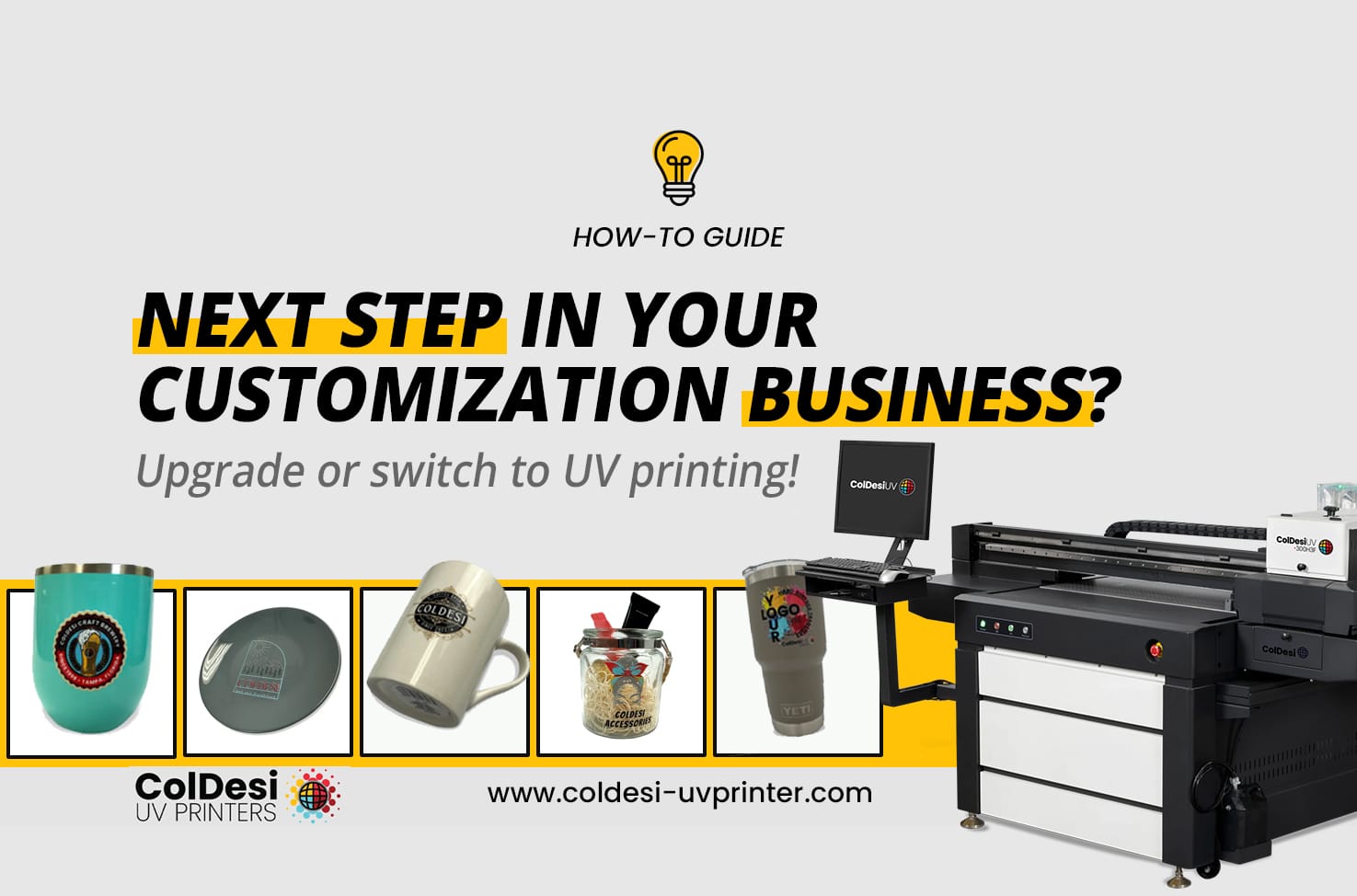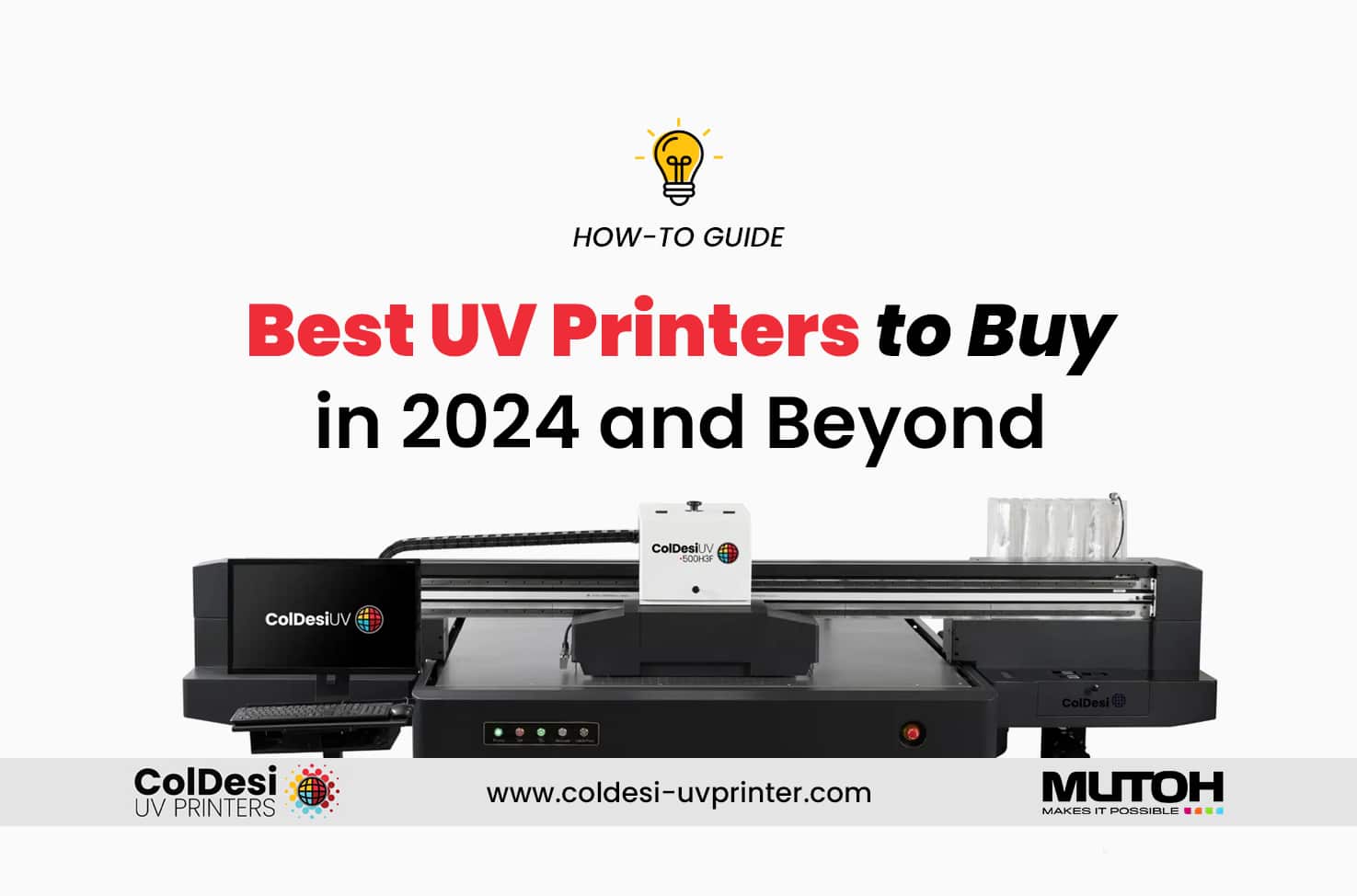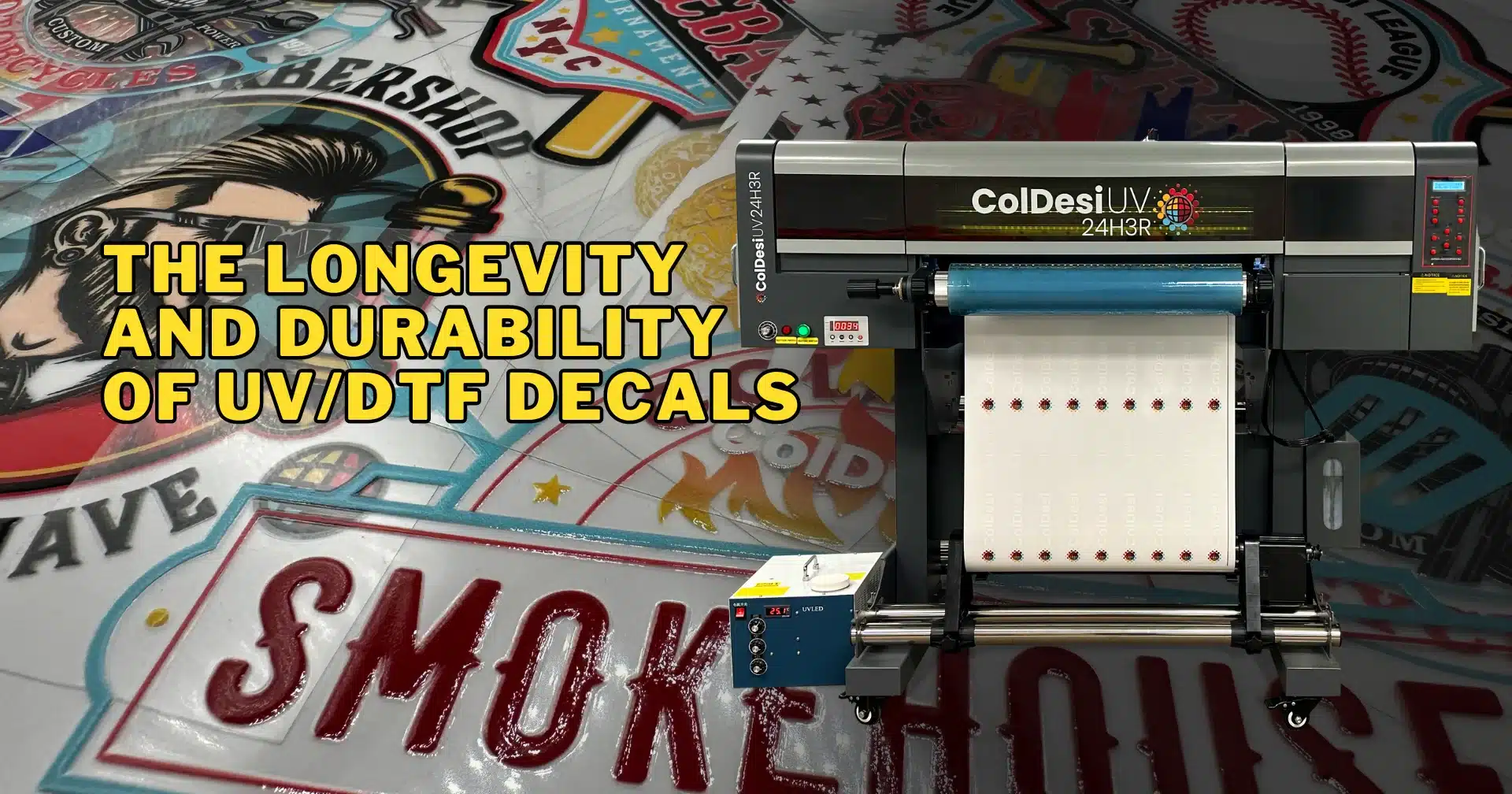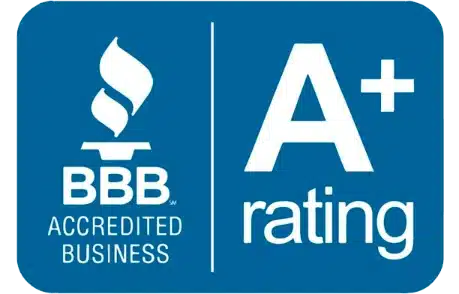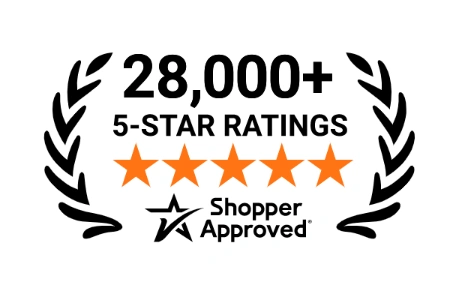DTG Printers, or “direct to garment” printers, are the quintessential t-shirt printers.
UV Printing is used to print onto almost everything except t-shirts.
The idea behind Bundling these 2 different inkjet printing technologies together in your business is one that can easily generate more sales, and profits, with every customer you meet.
We’re going to explore this idea using the specific example from this video. Where someone comes into your promotional products, sign, or UV printing shop for a canvas print and ends up with more.
How DTG Printer and UV Printing Compare
One of the reasons pairing a DTG printer and a UV printer work so well for many businesses is that while they have different uses, the technology is very similar.
In other words, if you can already run one, the other will have a short learning curve.
Similarities between DTG and UV
Both are inkjet printers
That means the operate much like your home color printer. The liquid ink is “jetted” or sprayed onto the substrate to create the image.
The “direct” in direct to garment printing is referring to that inkjet process. You’re putting ink directly onto the t-shirt, only where it needs to go.
As you might have seen from the video, UV printing operates the same way. In that example the ink was being jetted directly onto canvas.
It’s an important point, because many other technologies print the image onto a transfer first, then THAT is what gets applied to the substrate.
Both are digital printers
This may seem like an obvious point, but there are still some technologies out there that require a multistep, physical process to create an image onto a shirt or a hard good.
Screen printing is the most common analog technology. In that process you create a film exposure for each color, make a screen, then apply ink into the screen.
One reason that both UV printers, like the Mutoh XpertJet and Compress UV Printers are so powerful is that you can go from a computer graphic to the end results in minutes.
And the same goes for DTG Printers, like the DTG G4, or the Epson SureColor F2100 for example.
Both are CMYK and W Color Printers
An important point: both types of printers can use White ink.
White ink is what allows you to get an amazing print on a dark color substrate; like a black t-shirt for DTG or a black piece of carbon fiber for UV.
It’s also what gives UV the ability to back print. If you print an image on the INSIDE of a plexiglass sign or award it’s the white ink that makes the colors still pop!
They use the SAME software
When you get the Mutoh UV Printer, Compress or the DTG G4 from ColDesi you’ll get a RIP software.
Because going from computer graphics files to the real world, like canvas or fabric, requires some translation, ColDesi includes a special software called a RIP. Or Raster Image Processor.
It’s where you can adjust color mixes, image quantities, size and more. If a customer gives you a graphics file to print, this is the software that you will use to make it look amazing when you print.
The DTG G4 comes with RIP Pro C7 (or the latest version). The Compress iUV600s and iUV1200s as well as the Mutoh XpertJet printers you buy from ColDesi comes with the Compress RIP software.
You’ll find some great information and videos on the Compress RIP software on this page.
Both use the same basic software that’s been adapted to the individual printing technologies.
Exclusive Software for UV Printing
Because UV printers are used for so many things that DTG printers are not, like variable data name badges, for example, those printers DO come with something extra.
Compress Designer software is a robust application that let’s you do even MORE than the RIP software does. Visit that same page above to see it in action.
Support and Training in the Same Places
Of course, this only applies when you get your bundle from ColDesi. But if you do, then you’ll go through the same style training courses, which you’ll have access to forever.
And you’ll call the same tech support phone number when you need help.
DTG Printer Profits
For detailed information on ROI for different scenarios please read DTG G4 Return on Investment. But here are the basics – based on the video example in this article.
We’ve done multiple surveys of our customers using DTG printing in the custom t-shirt business to find that the typical sale price for the shirt pictures is around $15.00.
That can vary widely depending on location, quantity, and market. Some respondents would sell for between $20 and $25, some $12, but the $15 mark is the most common.
If you have a primarily UV printing business and have people coming in to turn their photos into hi-res art prints you could probably demand the higher end of that scale.
Other than labor, there are 3 costs associated with each DTG t-shirt:
1. DTG Ink
2. Pretreatment
3. Blank T-Shirt
The specific costs for the demonstrated graphic print on a white shirt are:
Ink $.45
Pretreatment $.40
T-Shirt $4.10
Total Cost $4.95
So, a $15.00 sale price minus the cost above gives you a gross profit of $10.05/shirt.
Selling Scenario 1 | UV Shop
The opportunities are almost endless when you have a custom t-shirt business and add a UV printer. Because a UV printer can print on such a wide variety of things! Imagine someone inquires about getting 20 shirt printed for a family reunion.
Selling Scenario 2 | T-Shirt Shop
Let’s say that you have a customer that comes in with a family photo that wants to reproduce it onto canvas to hang up at home. Offer the buyer a shirt with the same print for each of the 5 people in the photos and you may have added an extra $75 in revenues and over $50 in profit. Do the same for a family reunion and you could get 12,20, or a 30-shirt order! Just for asking.
If you do UV printing you can also offer:
- Coasters
- Metal Water Bottles
- Directional Signs
- Canvas prints of pictures taken
- Christmas Ornaments
- And much more…
To see more UV blanks and their costs just click here.
But in the case of the canvas in the video:
Canvas cost: $2.75
Ink cost: $.29
Total Cost: $3.04
And for on-the-spot printing of that kind of quality, you can expect to sell for $25 and make about $22 per print.
Bundling Ideas
The general idea behind bundling different technologies is that you can sell different things to the same customers.
Someone that comes in for t-shirts notices you do posters and signs.
A UV customer that want’s custom coasters realizes that you print custom tees.
Oftentimes the hardest part of a customization business is getting people’s attention. And then into your shop or onto your website.
When you bundle technologies you don’t just get the chance to sell people more things, you also will get more people interested!
After all, the customer looking for custom tees probably hasn’t considered getting signs or coaster done. And the business looking for coroplast yard signs probably needs custom apparel for their employees too.
So twice the equipment comes out to MUCH more than twice the opportunity.
More Bundle Options
DTG Printers and UV printing is a natural combination, but talk to a pro at ColDesi to also explore adding:
- Sublimation
- Embroidery
- White toner transfer printing
- Heat transfer vinyl
- Print and Cut machines
Whatever you purchase – make sure you bundle up!
